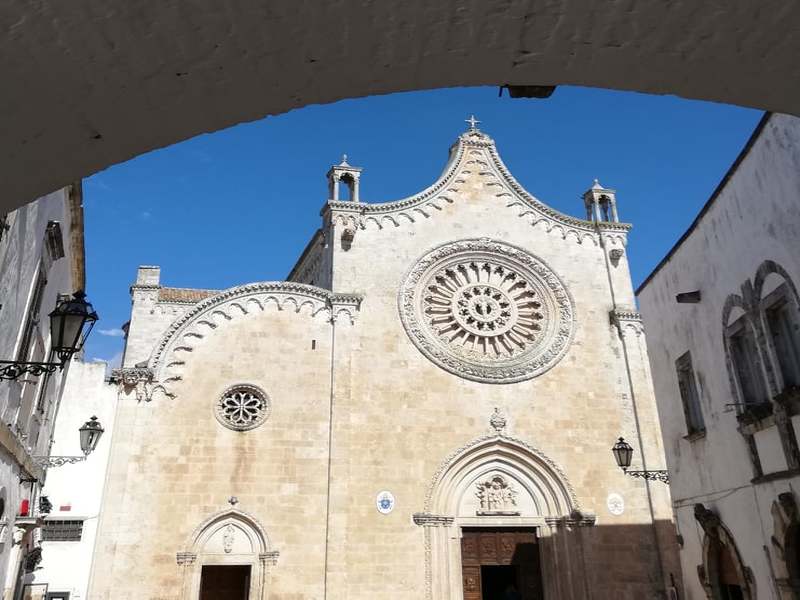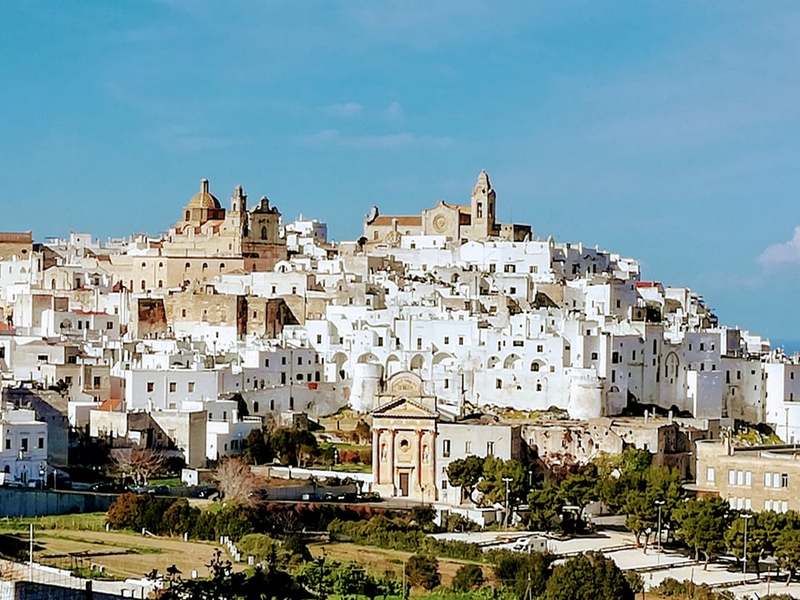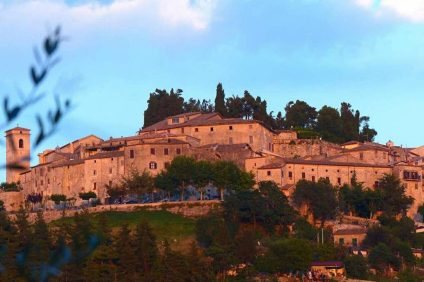Today itOstuni kicks off, the site we created to tell the beauties of White City of Puglia. Ostuni has an uncertain etymology in the name. According to some hypotheses, in fact, the name Ostuni it would derive from the Greek smart neon or from the Latin hostium unio. Its historic center of whitewashed houses gives it a unique charm. Sort on three hills, the city offers persuasive panoramas. Immense green expanses unfold before the eyes that admire them from above. Taking this opportunity to greet the Mayor, citizenship, the staff of museums and archaeological parks, the guide Giusy Errico, we begin to reveal something of the place.
Ostuni and its monuments: walking between baroque charm and rococo lines
"Ostuni is the panoramic city par excellence, every house is a belvedere" - he wrote Hector Della Giovanna. And then again: "In Ostuni the houses are white, made of milk and lime, they are white to the point of hurting the eyes". "Here there is the charm of all the cities of the South Seas" - continued the journalist. Reaching Ostuni means plunge into the whiteness of its houses and in the light that blends with the sparkling colors of the flowers. In fact it is embracing the immense of its landscapes, breathe good air, feed the gaze of the green expanses that can be admired from the top of its three hills.

It also means diving into his crystal clear sea, of that clarity that relaxes the heart and the senses. It means to admire yours civilians architectures - civic and religious - like the splendid Church of San Vito Martire with its Rococo lines. It means delve into the mystery, in those places steeped in legends, such as the former Tobacco Factory. In fact, it is said that the owner's daughter died there, crushed by a freight elevator. Or the legends surrounding the construction of the Church of the Madonna della Grata, gently overlooking the gardens in Contrada Rosara. And last but not least the splendid Co-cathedral of Ostuni built between 1435 and 1495. It is presented in an interesting late Gothic style and a rosette marked by 24 rays. It is located on the top of the highest hill in the White City.
An archaeological park and the museum that houses the oldest mother in the world
Ostuni is a place rich in landscape beauties but also unprecedented archaeological riches. In fact we will find the Civic Museum of Preclassical Civilizations of Southern Murgia and Archaeological and Natural Park of Santa Maria di Agnano. Neolithic and Paleolithic artifacts found in the Ostuni area will delight the eyes of visitors. The civic museum is housed in the halls of the former cloistered Carmelite Monastery adjacent to the Church of San Vito Martire. The finds exhibited in the rooms of the Monastery were found in park of Santa Maria di Agnano, datable to the XNUMXth century.

The attractions that have made the museum famous all over the world are the two casts of burials which reproduce a young pregnant woman who lived 28.000 years ago and a hunter. The latter were discovered in 1991 from Professor Donato Coppola - palethnologist - whom we take the opportunity to greet. The findings took place in the site of Santa Maria di Agnano, that is a combination of very interesting archaeological, landscape and naturalistic features.





